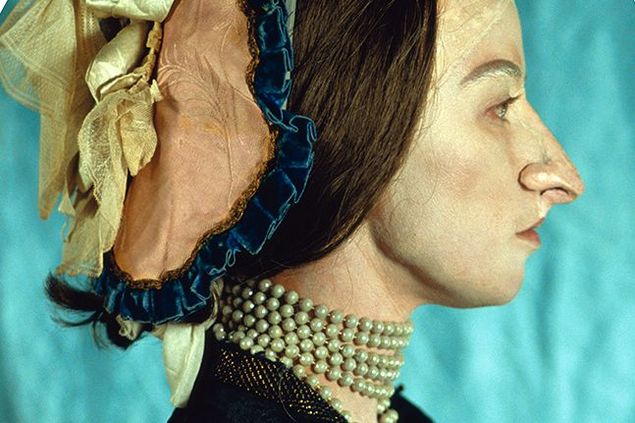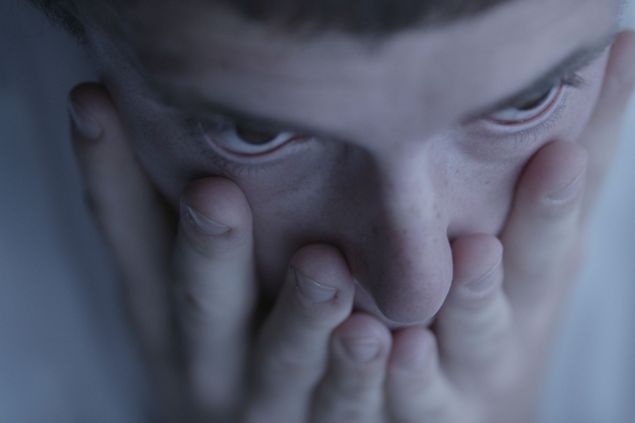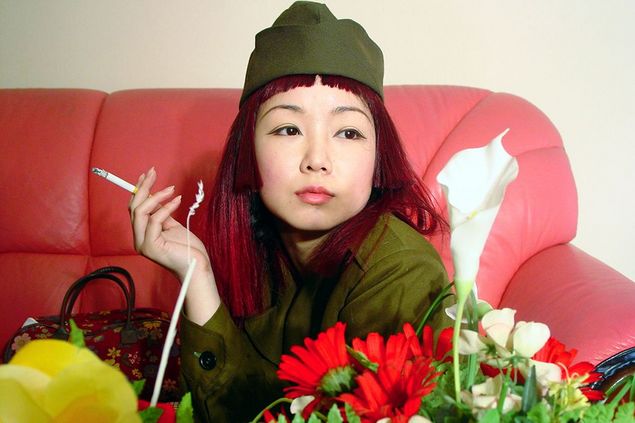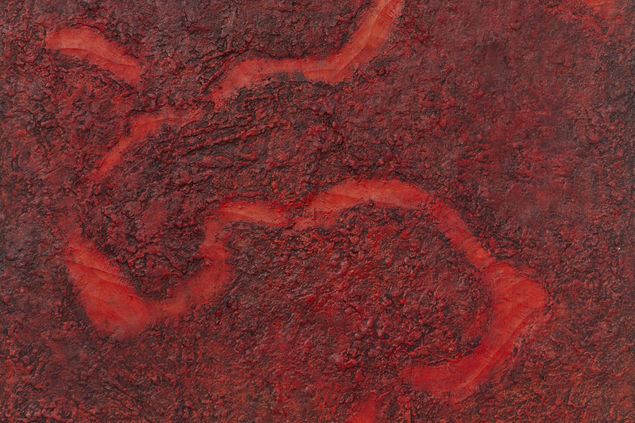The works selected are not clearly divided into films about perpetrators on the one hand and victims on the other. Several of the films show survivors whose faces are marked by their experiences or deeds, as in Juan Manuel Echavarría’s Bocas de Ceniza, in which the protagonists relate their memories of a Colombian massacre in recitative chants that they have composed themselves. In Anri Sala’s Nocturnes, a former sniper spends his nights playing war games on a PlayStation – unable to sleep because he constantly sees the face of his first victim in his mind’s eye. In Marcel Odenbach’s In stillen Teichen lauern Krokodile, Rwandan villagers try to rebuild their lives as farmers in the wake of the genocide committed against the Tutsi by the Hutu.
In the films by Mona Hatoum and Tracey Moffatt, war and displacement form the traumatic background of everyday family life. Both films have autobiographical elements, with the bond between mother and child playing a central role. The works by William Kentridge, David Claerbout and Hans Op de Beeck focus on the destructive impact of war on the environment. Óscar Muñoz and Sam Taylor-Wood, in their works Biografías and Still Life, respectively, create a memento mori; a reminder of the universal transience of life.

![[Translate to English:] Aschemünder](/assets/sammlung-goetz/_processed_/8/1/csm_cover-aschem%C3%BCnder_454794cb48.jpg)






